Bom dia, Buenos Aires!
- emsgleason
- 12 minutes ago
- 13 min read
Writing about our quick pivot to Buenos Aires, Argentina after a nationwide power-outage in Chile cancelled the original plans. (It only took a few frustrating hours, including an hour-long phone call with Chase's fraud department, determining that LATAM Airlines' site was down, and lost sleep..... buuuuut, we were able to book a flight to Buenos Aires!)
Day 0: Travel & Arrival
L to R: TGI Fridays, Buenos Aires Airport, Casa Bevant Lobby
On the prepared travel day, we dropped Luna off with Serginho (our vet's manager) for boarding, said our goodbyes to Áine, and sat in some rough traffic to Guarulhos airport (GRU) (thankfully, we left quite early in anticipation of said traffic). Once at GRU, we breezed through security. Since we had some time to kill, we found ourselves at the TGI Friday's (nothing like home, right?). A bit of 'comfort' as I ate their (pretty good) chicken tenders, fries, and drank an unsweetened iced tea; Connor got a burger.
Something of note: GRU did not have the AC on - something I am sure others felt personally victimized by as well.
We flew Turkish Airlines, and interestingly enough - we boarded a large plane in under 20 minutes! Why? It appeared that some folks had come from Turkey, connecting at GRU, and they stayed in an underground area to avoid going through customs. Actually, it seemed like most of the passengers on our plane were on the 18 hour flight from Turkey to São Paulo to end up in Buenos Aires.
The flight itself was pretty good - a minor inconvenience (and surprise) was that the seats reclined very far back - and the man in front of me felt the need to recline fully the entire flight. However, I sat next to an adorable girl (16 months) and her father - she was sweet and rambunctious. She kept holding her hand out to me, but neither I nor her father understood exactly what she wanted. He spoke English to me, but spoke Russian (maybe?) with her. The girl's spirit and joy did make me miss Áine. As an aside, she also had a blow-up cube that could be placed in the legroom that enabled her to lay down on a flat surface; this seems like something I'll want in the future.
Once landed, we hailed an uber and discovered our driver, Anderson, was from Brasil (Curitiba). Of course, we had to practice our Portuguese with him! He was very friendly and provided us with recommendations (the best being trying medialunas). We also learned that he teaches dance, and has a five year old son.
Staying at the Casa Bevant Boutique Hotel in the Recoleta neighborhood, we arrived close to midnight and were ready to sleep. However, we noticed the city was still quite alive - we saw someone jogging, many people out walking, and restaurants were open. Either way, we headed to bed, ready for day 2.
Day 1: Recoleta, Museo de Bellas Artes, and Don Julio
Recoleta Cemetary photos
Waking up to a quiet city (we learned quickly that nothing opens very early), we headed out for some coffee. Finding ourselves at Owl Coffee Co., we had cappuccinos with homemade cashew milk and medialunas. What is a medialuna, you might ask? Think of a half moon (get it- medialuna?) shaped pastry that is a croissant, but has almost a honey-glaze on top. Quite delicious, and treat you can get at every panadería (bakery). On our walk back to the hotel, we spotted a pastry shop called Madre and tried a delightful chocolate-chip twisted pastry croissant (that is the only way I know how to describe it). We decided a little more caffeine was needed, so we stopped at Le Blé and had porteño coffee.
A full day of tourism ahead - we started by wandering through the Recoleta Cemetary. It's a unique experience because it's a 'walled city' cemetary with high brick walls encapsulating the space and stone floors (but one could walk 'downstairs' underground/under the stones to visit some graves). Surprisingly, it cost ~$17 USD per person to walk through as a non-Argentinean, but it was definitely worth it. The Recoleta includes gravesites from famous people, most notably Eva Perón (former first lady). A highlight for me included seeing a lot of stained glass and finding the grave of Liliana Crociati de Szaszak (mostly because her space had a life-size statue of her and her dog, Sabú). Note that her story is quite sad - she was 26 years old, honeymooning in Austria when an avalanche struck her hotel. The statue is of her in her wedding dress, and her parents recreated Liliana's childhood bedroom in a glass room behind her. Her father also wrote a sad poem that is visible on a plaque at Liliana's feet.
Further, we found the 'Irish corner' with Fr. Fahy - a Galway native who came to Argentina and supported many Irish emigrants. From matchmaking to establishing a hospital that is now a prestigious high school (Colegio de Santa Brígida), Fr. Fahy has a place of prominence in Recoleta. He passed away from the yellow fever epidemic in 1871.
Another gravesite of interest is that of Carlos Pellegrini, founder of Argentina's national bank. His area was quite imposing; it did not appear as if expenses were spared!
Post-cemetary walk, we headed to the Nacional Museo de Bellas Artes, a free museum with spectacular art. Between Rodin sculptures, a few Degas paintings, a Jackson Pollock, Manet, Monet, and a special exhibit from the museum's archives - this place is well worth the visit. Additionally, Emilio Pettoruti, whose style is reminiscent of Van Gogh and Picasso was cool to see.
Nacional Museo de Bellas Artes photos
Taking a break at a nearby cafe for water - we laughed at the glass water bottle, branded AQA "100% water, 0% plastic" - because we'd hope our water is nothing else.
Interested to see more nature in the city, we went to the Jardín Botanico Carlos Thays. Here, there were different sections of the garden dedicated to different regions / countries; my personal favorite was the Roman garden with a blossoming lily pond and statue of Romulus and Remus.
If you weren't aware, Romulus and Remus is the story of the alleged founders of Rome. When the twins were born, King Amulius ordered their death, but a servant sent the twins in a basket down the Tiber river. Supposedly, a she-wolf nursed the babies, and the twins were found by a shepherd and wife who proceeded to raise them. Romulus and Remus dreamt of building a city together, but they fought and Romulus killed Remus. Romulus went on to build a city (Rome) on Palatine Hill. Had Remus won, perhaps we'd be thousands of tourists would be visiting the great city of 'Reme.'
Outdoor and Jardín Botanico Carlos Thays photos
After our botanical garden walk, we headed to the famous Don Julio (Michelin-star Argentinean steakhouse) for lunch. While we knew it was a bit of a tourist trap, we figured it was worth a try. Seated on the second floor, we had a unique view of both the outdoor seating area, the main dining hall, and the open kitchen / grill. Getting to watch the commotion served as a nice show to accompany our food. Our order included their heirloom tomato salad, grilled beans, grilled zucchini, and a ribeye to split. Everything was high quality and delicious, but we've also been spoiled in Brazil when it comes to good meats and steakhouses.
A few notable people-watching observations: a woman drinking red wine while in her third trimester of pregnancy (interesting), and (presumably Brazilian based on them speaking Português) couple who ordered 3x as much food as us, and did not come close to finishing it.
Post-Don Julio, we walked our steak off at Bellas Artes, returning to finish seeing the rest of the exhibits. Later, we found ourselves at POT Helados. We were able to sample the 'Samboyan' flavor (like a sweet port wine), which is an arguably very Argentinan flavor. We hadn't heard of it before. We got cones; chocolate and hazelnut for me and dulce de leche for Connor. As POT is a 'to-go' only spot, we sat under a gigantuan and beautiful tree in the park across the street (Plaza Vicente López y Planes), observing the hordes of children playing and running around. There was even a 'bubble man' - he stood around 20+ kids with a large bucket of soapy water and giant bubble wands. We were surprised as it was 7:30-8:00 pm, but the city's youngest residents were rambunctiously roaming about as if it were 3:00 pm.
Because I love grocery stores, we stopped by a Carrefour to see what it was like; it felt 'same same, but different' than Brazil. Same logo and set-up, some similar products (fruits / veggies), overall higher prices, fewer choices between products, but still had an entire aisle dedicated to cookies and crackers.
Day 2: Arte e um Jardim
Photo dump of day two's various activities; food is of course included.
Woke up, hit the Oss Kafe for coffee - cute place with lil library, but too small to sit in, so we took a walk. We made our way to Le Moulin de la Fleur (admittedly, I was drawn in by the gorgeous plants everywhere), where we had more coffee, a very large orange juice, and a decent pain au chocolate. However, it was a bit hot in the restaurant and I was getting bug bites, so it could've been better.
We headed to the Palermo neighborhood to walk around, but the rain and (early?) time of day meant nothing was really open. Here, early meant anything before 10:30-11 am. We made our way to the Museo de Arte Latinoamericano (Latin American Art Museum), and although 2/3 floors were closed, we were able to view some beautiful works by Frida Kahlo, Emilio Petorutti, and a special exhibit on novellas previously posted in newspapers. (The novellas appeared to be a mix of comic book-style communications with real actors/actresses.)
After our art viewing, we visited the Jardín Japonés (Japanese Botanical Garden). While it was a bit warm, the unique trees, plants, and landscaping were quite beautiful to be around. Aside from nice bridges, arches, koi fish, and bonsai trees, we enjoyed getting to watch an artist carve a tree using a chainsaw. Granted, the chainsaw noise did take away a bit of the otherwise tranquil ambience.
Post-Japanese garden stroll, we checked out dinner at Bao. They had pretty solid ramen and their iced tea was similar to Thai tea. Tasty treat day continued at Amayta - while their patisserie was delicious and the environment was beautiful, the service was a bit slow.
Day 3: Surpresas! (Surprises!)
Excited to kick-off day 3 at Le Blé, we quickly found out that overnight our neighborhood cafe vanished - it was now 'Merci! Mercado' and even the employees were shocked. Because we arrived close to opening, they were not set up with food, coffee, or pastries (this was a lesson learned). Thus, we walked to Edison Café, a specialty coffee shop that was delightful. I tried a 'paper' dessert (similar to shortbread with sesame and jam), and would recommend it. After another breakfast of medialunas, croissants, and strong caffeine drinks, we sought out a fruit stand. Picking up a peach and bananas, the 'hole in the wall' fruit stands seem to have fresher options than grocery stores.
Still not comprehending how our cafe could have 'disappeared' overnight and be replaced within 12 hours, we headed to the downtown area to see the Obelisk, Casa Rosada, and the Congress Building. At the Obelisk, we ran into the same group of tourists (Malaysian & Chilean) who we saw at the Jardín Japonés - what are the chances? While we didn't exchange names or numbers, they were very kind and had just been in Rio de Janeiro and São Paulo!
A quick comment - the exterior of the Congress Building appears stately and beautiful; the Senate building across the plaza is incredibly sad-looking in comparison. A bit goofy, but alas...
The Casa Rosada is indeed pink, on top of being very large, and the surrounding market area was teeming with 'câmbios' (money exchange people). Given that Argentina's inflation hasn't been as wild as previous years, exchanging USD for Argentinean pesos with câmbios would not have yielded that much better of a rate than a bank. Throughout the markets and major tourist shopping spots, alfajores were everywhere. These sweet treats are two cookies with dulce de leche sandwiched between them, and they were typically very large (think palm-sized or larger). Further, leather shops were abundant - one of the places we stopped offered custom sized leather jackets in 8 hours.
We also stopped by the Cathedral where we could appreciate the ornate and unique artistic stylings of the interior; the art seemed to be a mix of styles ranging from neo-gothic to modern.
Morning day three photos, including, but not limited to: Obelisk, Oss kafe, Casa Rosada, Cathedral
Finally, we were ready for our tour at Teatro Colón! A world-renowned theatre for its perfect acoustics, we were met with another surprise... lighting crew was working to fix and prepare the main auditorium for an upcoming performance, therefore... the theatre's lights were off. As in - it's pitch black. (Surprisingly, I was able to get a few decent photos when the crew had flipped on/off the light switches - see below)
Stage and theatre auditorium photos
Before diving into detail on the debacle - here are a few things I learned about Teatro Colón:
Teatro Colón as we know it is the 'second' one; the first ran from 1857-1888, closing in order to prepare for a more grand theatre.
For the second construction beginning in 1890, the architect died at 44 and the next architect was murdered at age 44 by his wife's lover. The third architect (Julio) was finally able to complete the project in 1908.
The ornate tessellated (mosaic-like) floors are the same as what is inside the Cathedral in Buenos Aires.
The building entrance you use is based on how much you paid for your ticket - only the expensive tickets can use the main entrance.
The main chandelier (which we could not really see, as the lights were out) weighs about 1.5 tons and includes 730 lightbulbs.
The drama caused by lack of lights could have been mitigated, had our tour guide deviated from her clearly defined script. She kept underscoring 'what we were supposed to see' in the theatre, which upset a few of guests on the tour. Now, she was in no position of power to 1) refund tickets, 2) offer additional times for viewing when lights would be on, and 3) deal with a bunch of people complaining to her in English. Unfortunately, the price of the tour was more than the cheapest seat to see a show - and no one was warned before purchasing tour tickets that the lights would be off. So, righteous indignation ensued and you can bet it was a few Americans (not us) who made a bit of a ruckus of it all. We merely chalked it up to needing to come back and see a show, and acknowledged that 'it is what it is' in these situations.
Teatro Colón in all it's glory
Lunch included a treat at Jardin Invierno (tasty and beautiful scenery), and our evening consisted of visiting the Thelonious Jazz Club in Palermo Soho. The place had an eclectic vibe, serving pizzas and 'late night-style' junk food. I was able to order some martini olives as a snack. The musicians were good (to my untrained ear at least) - led by a pianist with a bassist and drummer.
Jardin Invierno and Thelonious Jazz Club
Day 4: More Rain, San Telmo, and Mafalda!
Day Four photo dump
Another wet day - we set out for San Telmo. On the way, we saw Torre Monumental, Puente del Mujer (bridge that rotates 90 degrees; we didn't get to see it move), and did our best to avoid getting soaked.
As we walked through the market (which appeared to be a literal mile of street market), we saw vendors selling almost everything - art, leather goods, jewelry, knick-knacks, magnets, clothing, empanadas, touristy t-shirts, and mate sets (Yerba mate is a traditional hot drink - I liken it to tea - but it's made from Ilex paraguariensis plant; drunk out of a gourd using a straw with a built-in filter). At the market, I picked up a Gabi Capobianco leather bag - beautiful and one of a kind (she only makes small batches and one of each bag in a color).
We stopped for lunch at the Lezama, a bustling parrilla (grill/churrascaria) that has been open since 1930. The steak was delicious, and we appreciated the neighborhood and family-feel.
After lunch, we checked out a free history museum (Museo Histórical Nacional). The museum was nice and had a website where English translations were available; my favorite part of the museum was probably the paintings (specifically of women who are often overlooked and not painted in reference to their contributions to the revolution).
Because the rain was still coming down, we stopped for coffee at Beka - a very 'pink and girly' spot that served great tea and pastries. Here, we met Annette - an older woman from Seattle, WA (USA) who was visiting as part of a Hurtigruten cruise to Antarctica. She highly recommended the experience and thus, we've subscribed to Hurtigruten Cruise emails.
Arguably the best meal we had in Buenos Aires was dinner at El Burladero - Spanish tapas, seafood paella, gazpacho shots, and mint tea. When we left at 11 pm, there was still a line to get a table.
Day 5: More Rain and More Walking
Lazy Day Five photos
Morning meal called for Craft Vegan Bakery where we sampled cinnamon rolls and lattes. Missing our porteño coffee, we tried Merci! (formerly Le Blé) where we previously had their wonderful porteño coffee. To our misfortunate (not surprise at this point), the coffee was not the same. They didn't change vendors or staff, but the coffee was not the same. Merci! did have a tasty seeded baguette and orange juice though.
Another rainy day was afoot, and we headed back to Palermo (again, not a lot was open), but we did find a mate tasting experience. Finally, we would understand this 'mysterious' drink we saw everyone drinking, but no one offering it on menus! With mate, we learned its origins in sharing a single mate 'brew' with friends as a way to relax; with that it's also typically done using a shared straw (something I think in the post-COVID environment would be especially off-putting, specifically to people from the US). Traditional mate is also quite bitter, with the first cup being the most bitter. Brewing mate is done by pouring in more and more water, after each cup is consumed. Therefore, one does not have to wait for the 'leaves to steep' as is required with the tea that I am most familiar. Mate is now available in flavors or with 'mix-ins' - we ended up getting a set (stainless steel instead of a gourd, as the gourd is only for 'pure' mate) and some lemon-ginger mate. Thanks to the folks at La Mateada for the unique experience!
Following the mate testing, we continued to wander along the streets, even finding a bookstore/bar combo (Borges 1975) that hosts live jazz musicians and serves borscht! Something to bookmark for our next visit.
Other 'last day' highlights included seeing the national library (exterior-only, as it was closed unexpectedly), finding more statues (BA appears to have a ton of statues...), and a relaxing dinner at Il Quotidiano.
Day 6: Home Home Home
The travel day began with a quick breakfast at La Mantiquería (take-away only small bakery and coffee shop) with surprisingly good coffee, a cinnamon roll (without icing), and the 'last' medialuna for Connor.
We were feeling pretty ready to head home - mostly to see Áine and Luna! Thankfully, we encountered no flight issues and came home to a happy and healthy Áine.
Our welcome home crew :)















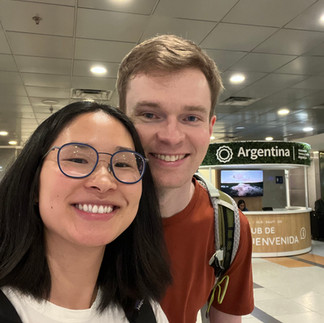


















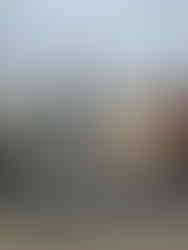





















































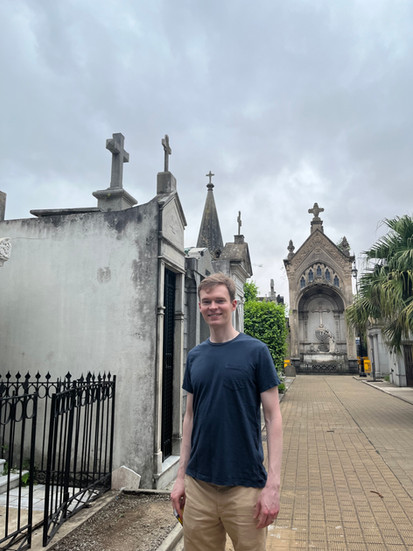














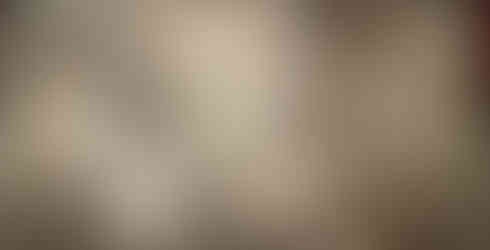













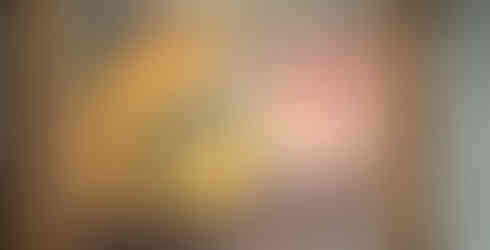










































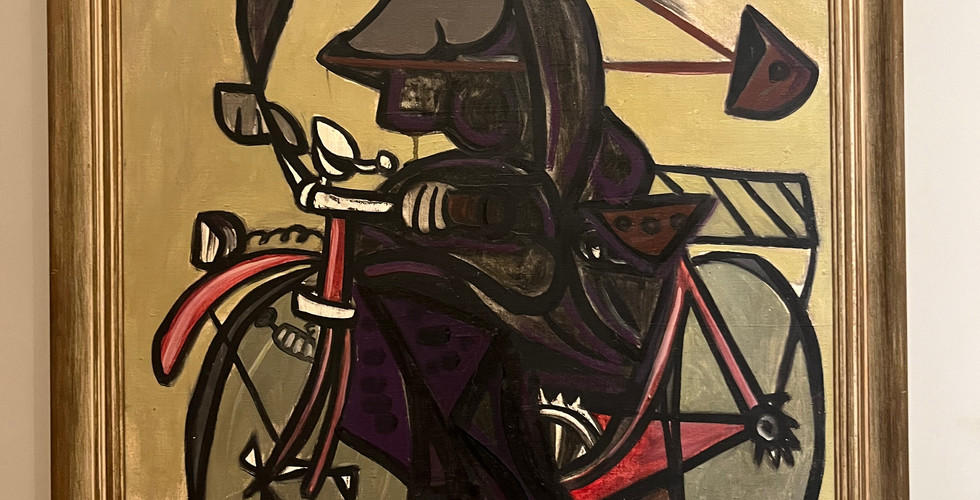




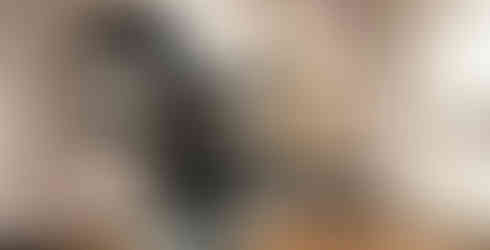






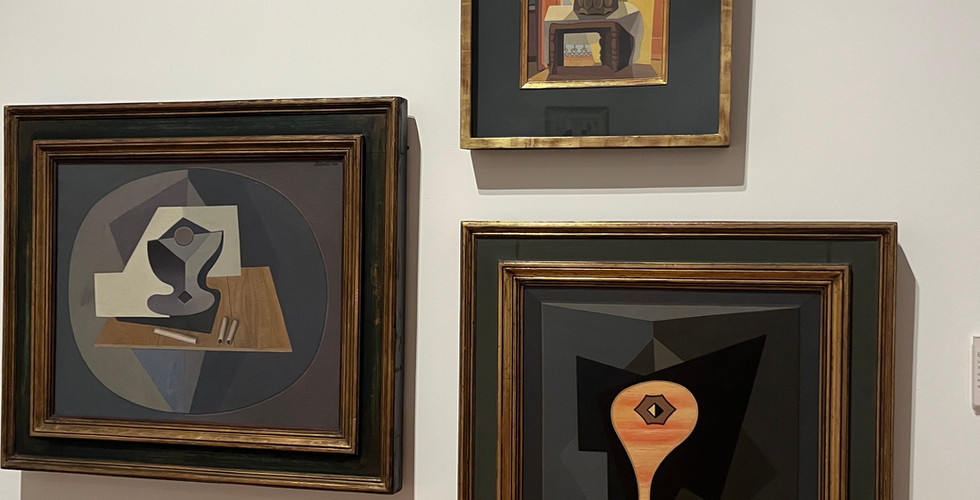



















































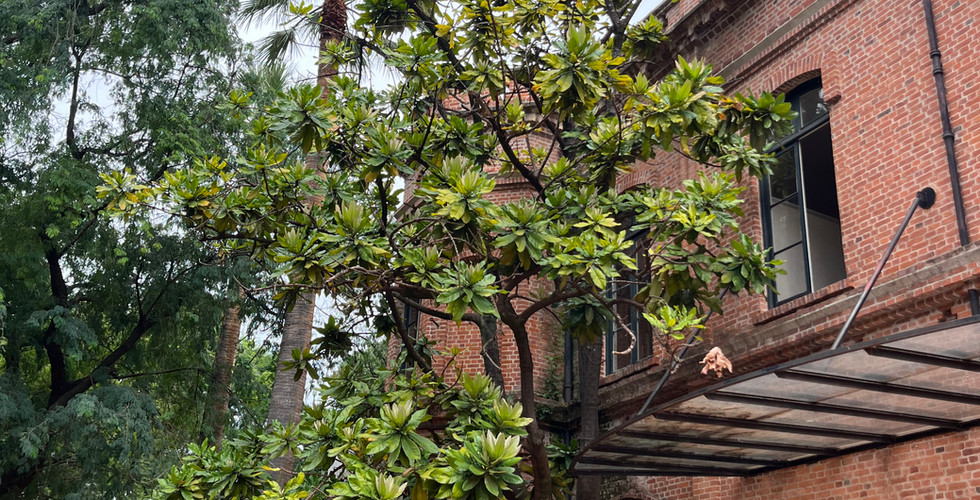



































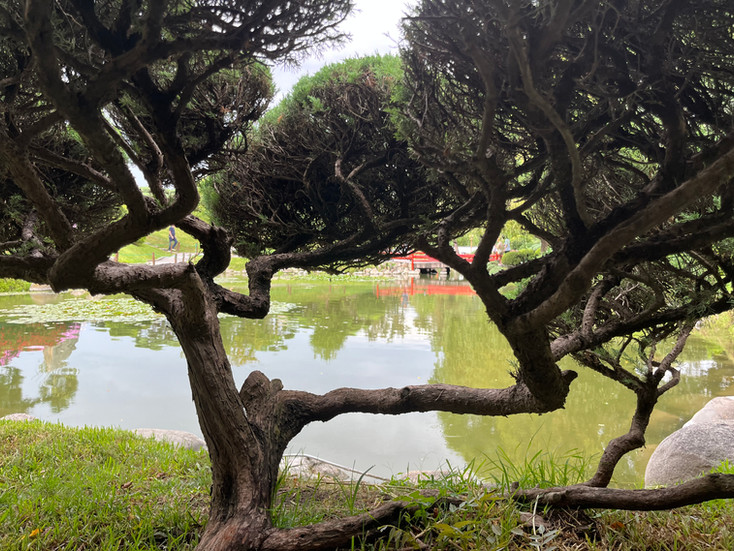

























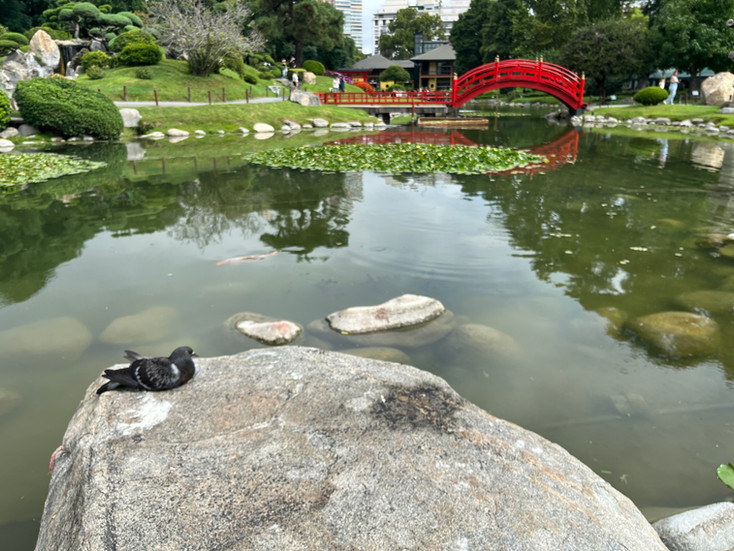










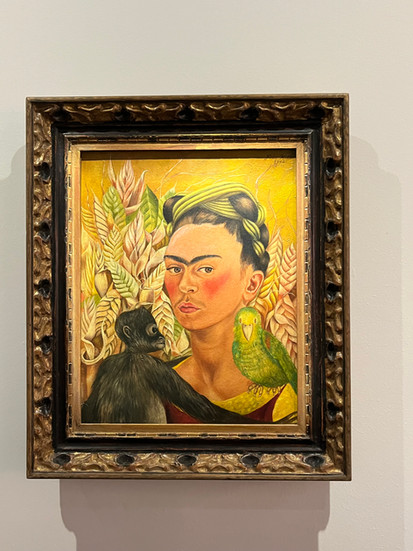



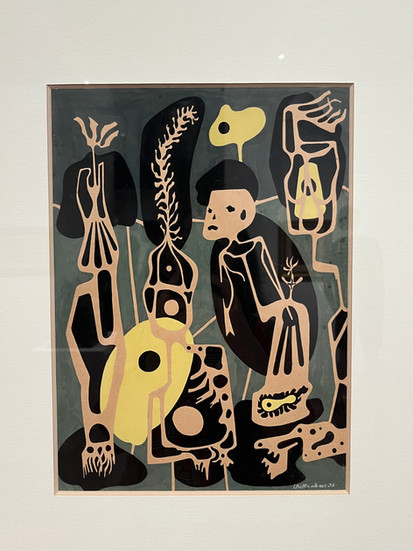






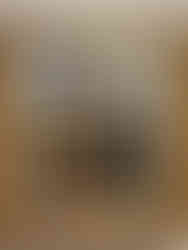















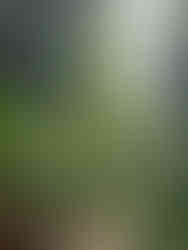




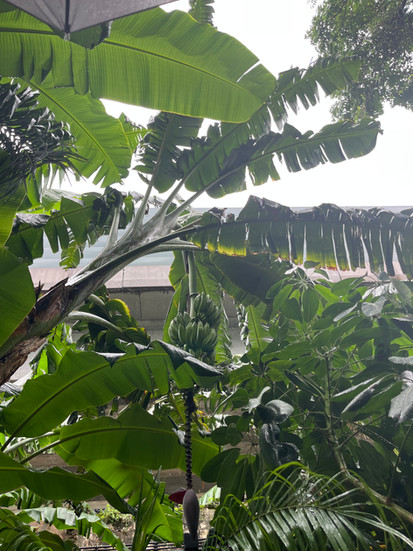





























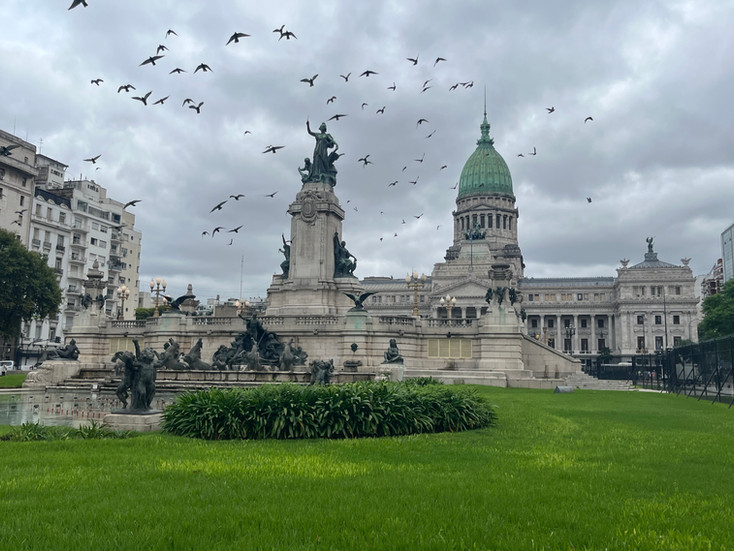











































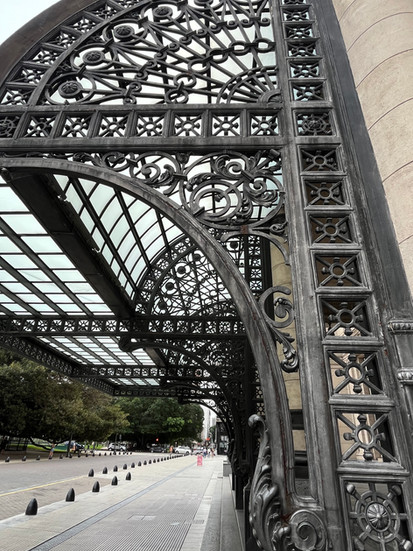































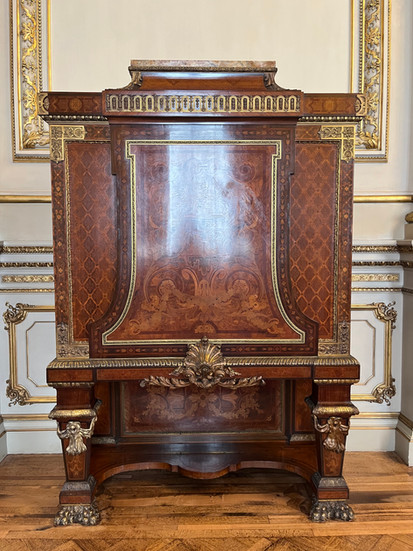








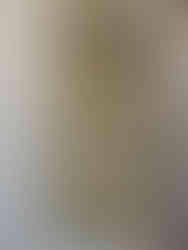







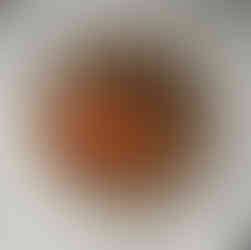






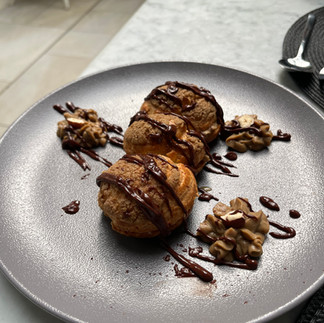

















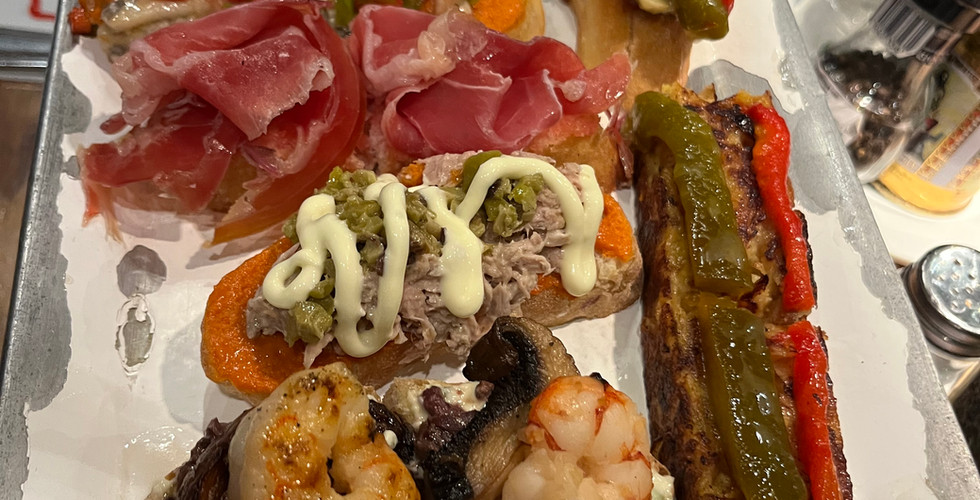


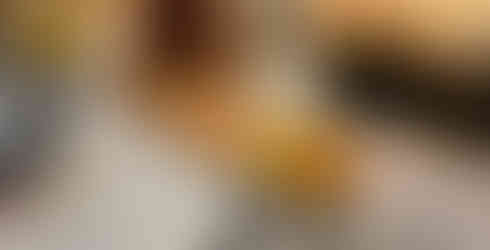







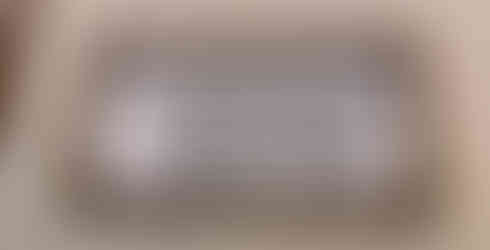




























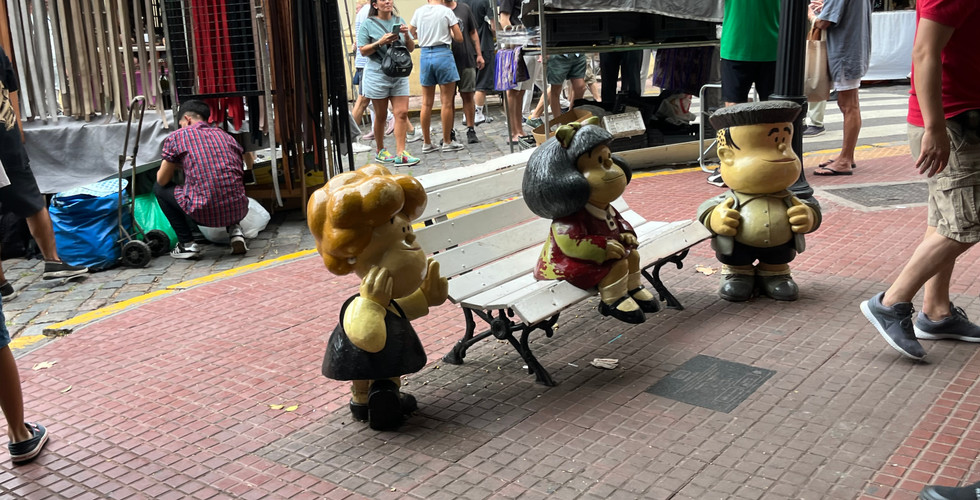


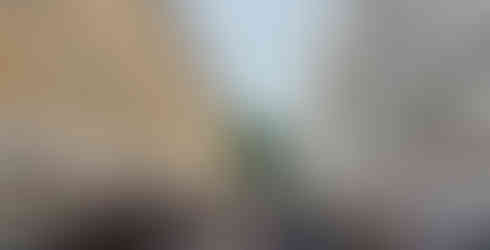
































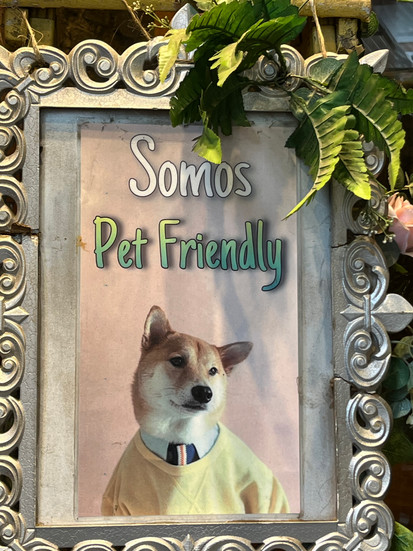






























Comentarios